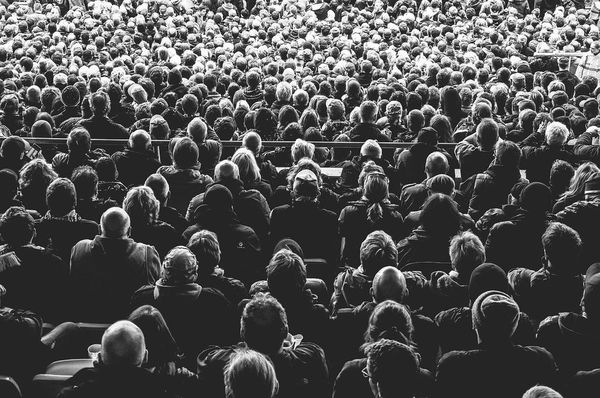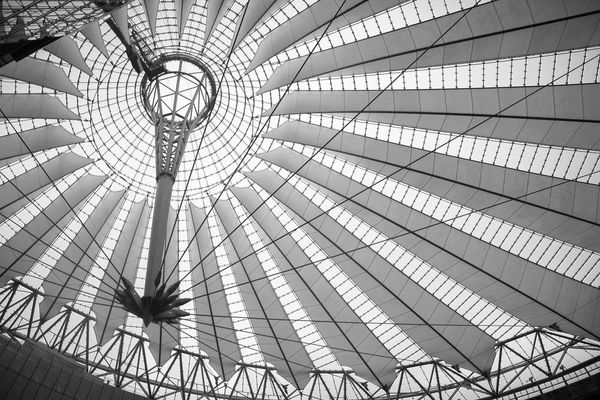
Trickle-Down Economics: Why It Only Works in Theory
Trickle-down economic theory states that benefits for the wealthy trickle down to everyone else in the economy. These benefits for the wealthy include tax cuts for dividends, capital gains, high-income earners, and businesses.
Trickle-down economics assumes that company owners, savers, and investors drive growth. This theory promises that they will expand businesses using any extra cash from tax cuts. For example, owners will hire workers and invest in operations; banks will increase lending, and investors will buy more stocks and companies. Then, all of this expansion will trickle down to the working class, where they will drive demand and economic growth by spending their wages.
Trickle-Down Economic Theory
Supply-side economics, which is a theory that states that all tax cuts lead to economic growth, is similar to trickle-down economic theory. However, trickle-down economic theory is more specific, saying that targeted tax cuts are more effective than general tax cuts. Trickle-down economics recommends cuts to capital gains, corporations, and savings taxes, but it doesn’t promote tax cuts across the board. Instead, the wealthy receive all of the tax cuts, and the benefits trickle down to everyone else.
Proponents of supply-side economics and trickle-down economics prove their theories using the Laffer Curve. This is a curve created by Arthur Laffer, who showed the way that tax cuts create a powerful multiplication effect. These tax cuts create sufficient growth to replace the government revenue that was lost from them, resulting in an expanded, prosperous economy that provides a larger tax base.
Laffer did note that this effect is best when taxes are in the “Prohibitive Range,” which goes from a 100% tax rate to around 50%. When tax rates fall below this range, further cuts won’t be able to stimulate enough economic growth to offset lost revenue.
When Trickle-Down Policies Work
During Reagan’s administration, his policies (known as Reaganomics) made it seem that trickle-down economics worked since they helped to end the 1980 recession.
Not only did Reagan cut the top tax rate from 70% for people earning $108,000 or more down to 28% for those earning $18,500 or more. He also cut the corporate tax rate down from 46% to 40%.
However, trickle-down economics wasn’t the only reason for the recovery. In addition to the tax cuts, Reagan increased the government’s spending by 2.5% a year, and he also tripled the federal debt. It went from $997 billion in 1981 to $2.85 trillion eight years later in 1989. Most of this spending went to defense, supporting Reagan’s efforts to bring down the Soviet Union and end the Cold War.
Because of these other factors, Reagan never tested trickle-down economics in its pure form. It’s very likely that his huge amounts of spending played just as large a role as trickle-down economics in ending the recession.
In 2001, President George W. Bush utilized trickle-down policies to address the recession. His Economic Growth and Tax Relief Reconciliation Act cut income taxes, ending the recession by November 2001.
The problem was that unemployment increased to 6%. This is a frequent occurrence because unemployment is a lagging indicator since companies take a while to start hiring again after a recession has ended. In response, Bush decided to cut business taxes. In 2003, he did this with the Jobs and Growth Tax Relief Reconciliation Act.
At that time, it seemed that the tax cuts worked. However, the Federal Reserve lowered the fed funds rate at the same time, from 6% to 1%. In this case, it’s difficult to know whether monetary policy or tax cuts caused the recovery.
According to trickle-down economics, Reagan’s and Bush’s tax cuts should have helped those at all income levels. But the opposite result took place: income inequality worsened. Between the years 1979 and 2005, the bottom fifth saw a 6% rise in after-tax household income. While this on its own seems great, it’s important to note what the top fifth experienced an 80% increase in after-tax household income. The income of the top 1% tripled, showing that prosperity was trickling up rather than down.
Why Trickle-Down Economics Is Relevant Today
Trickle-down economic theory is still used to guide Republican policy today. In 2010, the Tea Party movement lobbied to cut government spending and taxes. In response, Congress extended Bush’s tax cuts, even for people making $250,000 or more. In late 2017, President Trump signed the Tax Cuts and Jobs Act (TCJA). This cut the corporate tax rate starting in 2018 from 35% down to 21%. In addition, the top individual tax rate dropped to 37%. The TCJA eliminated personal exemptions, cut income tax rates, and doubled the standard deduction. The individual changes will stay in place until the end of 2025, and the corporate tax cuts are permanent.
Tax Policy Center states that those in lower-income levels would receive a smaller tax cut percentage than those in the top 1%. In addition, the lowest 20% of income levels would pay increased taxes by 2027.
Trump stated that the TCJA would boost growth enough to counteract the increase in debt. However, the Joint Committee on Taxation states that the Act would add $1 trillion in debt, even after the tax cut’s impact on economic growth was factored in. The TCJA wouldn’t spur enough growth to make up for the loss of revenue caused by the tax cuts.
Why Trickle-Down Economics Fails
Critics of trickle-down economics say that these types of policies have done damage to the economy of the United States more times than they have helped it. Disastrous results have taken place at both state and federal levels.
One example is Kansas, where business taxes were cut by nearly a third, leaving the state’s income in the red. The benefits of the tax cuts have gone to a few of the wealthy, who didn’t invest much and thus didn’t spur the economic growth intended by the state. As a result, the state’s revenues are markedly decreased, and Kansas’s education budget has been cut significantly.
Trickle-down theory is also rejected by the International Monetary Fund, or IMF. Five economists from the IMF authored a report that stated when the top 20% become richer, benefits don’t trickle down. Instead, the report argued that growth is increased by increasing the income share of the poor and middle classes. The International Monetary Fund’s fight against income inequality centers on the fact that the drivers of the economy are middle-to-low-income sectors. In fact, even a 1% increase in wealth for one-fifth of low-income earners results in a 0.38% growth in gross domestic product. Conversely, an increase in the income of the top 20% high-income earners yields a 0.08% decrease in gross domestic product.
The Bottom Line
Trickle-down economic theory says the benefits from tax cuts, dividends, capital gains, and looser regulations on wealthy individuals and corporations will flow down to benefit middle-income and low-income earners. The deductions for the wealthy would result in the accrual of extra wealth, which would be used to invest or expand businesses, thus boosting the growth of the economy.
While the Laffer Curve supports the effects of trickle-down economic theory, it only does so to the point of tax rates being in a prohibitive range. Trickle-down theory is considered infeasible outside of this range.
Trickle-down economics generally doesn’t work for the following reasons:
- Tax cuts for the wealthy don’t often translate to increased consumer spending, rates of employment, and government revenues in the long term.
- Instead, tax cuts for the middle- and lower-income earners drive the economy through the trickle-up phenomenon.
- The increased income for the wealthy that comes from the tax cuts only increases income inequality in the US.
Trump’s Tax Cuts and Jobs Act is concerning since this trickle-down policy seems to exacerbate the income inequality spurred by Reaganomics. President Biden has stated that he will dismantle the parts of the TCJA that benefit the wealthiest corporations and taxpayers.


